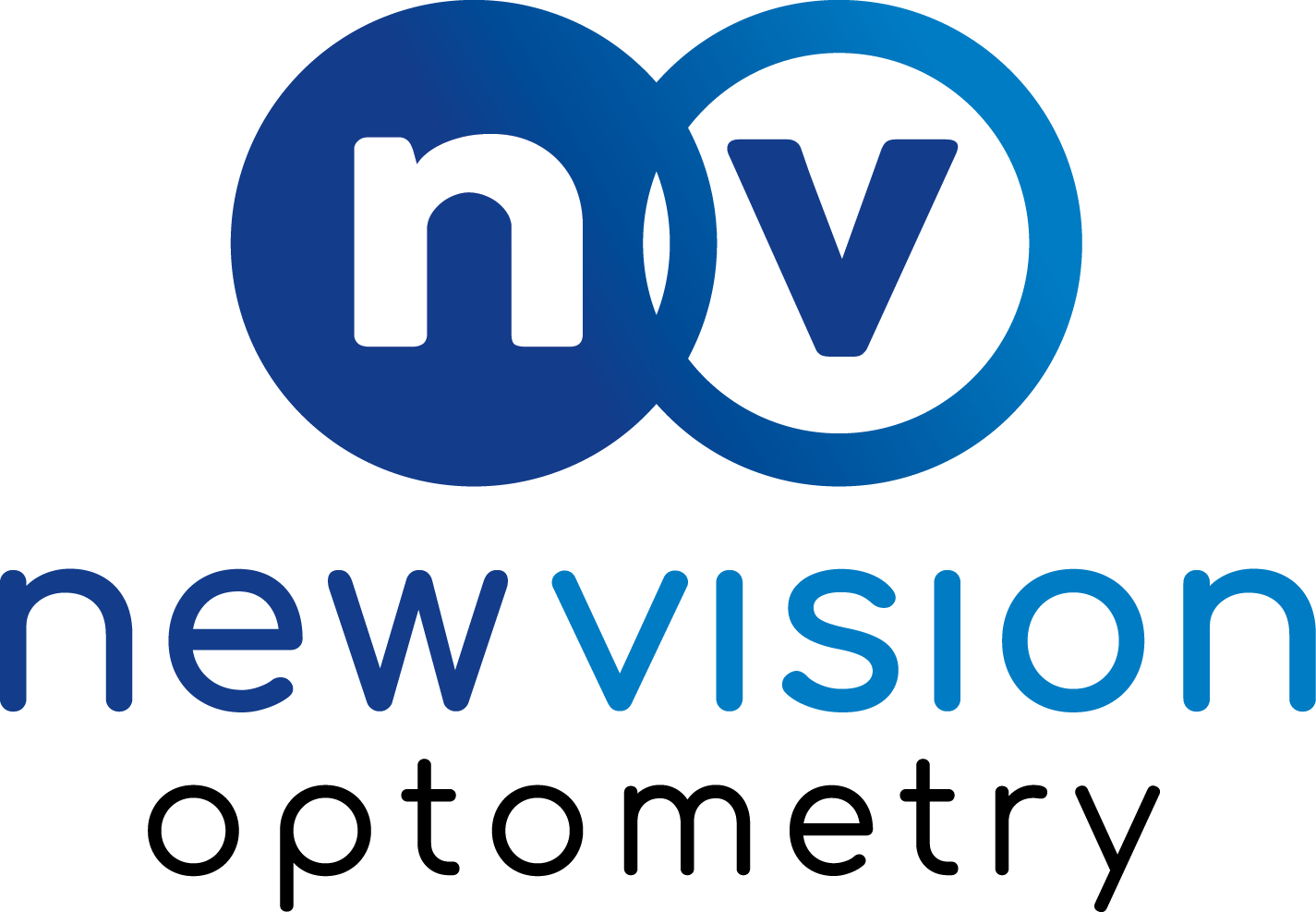CONTACT LENS
DID YOU KNOW THAT A CONTACT LENS PRESCRIPTION IS NOT THE SAME AS YOUR GLASSES PRESCRIPTION?
A CONTACT LENS EXAM is recommended for patients who wish to have the option to be glasses-free. Because contact lenses are medical devices that you wear directly on your eyes they require a special assessment by your doctor. Your eye doctor will choose contacts that are best fit to your eyes, that match your lifestyle and that are clear & comfortable. All the while ensuring that they are safe and non-damaging to your ocular surface.
CONTACT LENS OPTIONS
Daily Disposable
Dailies are the cleanest, safest and most convenient contact lenses on the market. You get the feeling of fresh new contacts every morning and don’t have to worry about cleaning or storing them in solution. Concerned about the environment? Did you know that the packaging from daily disposables is recyclable?! In fact, more plastic is created making solution bottles than from the individual daily packages.
Bi-Weekly Disposable
Bi-weekly disposable actually means you throw out the lens every 2 weeks. This modality is no being replaced by daily or monthly disposable, however, you may have heard of Acuvue Oasys which are the most commonly used bi-weekly lens.
Monthly Disposable
Monthly disposable contact lenses are kept for 30 days before throwing them out. Every night, you will take off your contacts and store them in a disinfectant solution.
CONTACT LENS HEALTH EXAM
Annually a contact lens eye health evaluation is done to check for complications associated with contact lens usage. Contact lenses are a Class A Medical device as defined by the FDA. As a result, improper usage of contact lenses can lead to increased risks for eye infections and inflammations. Our office manages complications associated with contact lenses like those listed below. However, a lot of these problems can be prevented through proper maintenance and evaluations on a regular annual and sometimes bi-annual basis. We believe that prevention is the best way to practice medicine.
Top Seven Reasons for Red Eyes Associated with Contact Lenses
1. Giant Papillary Conjunctivitis
2. Contact lens associated red eye
3. Eye Allergies
4. Corneal Ulcers
5. Improper contact lens solution usage
6. Poorly fit or defective lenses
7. Dry Eye Syndrome










